
Earth's solid inner core can't be made entirely of iron. So what else does it contain? (Image: Rost-9D/Getty Images)
The iron-rich core at the center of our planet has played a vital role in Earth's evolution. The core not only powers the magnetic field that protects our atmosphere and oceans from solar radiation, but also influences plate tectonics, which continually reshapes the continents.
But despite its importance, many fundamental properties of the core remain unknown. We don't know exactly how hot the core is, what it's made of, or when it began to freeze. Fortunately, a recent discovery by my colleagues and me brings us significantly closer to solving all three of these mysteries.
We know that the temperature of the Earth's inner core is approximately 5,000 K (4,727 °C). It was once liquid, but over time it cooled and solidified, expanding as it did so. As it cooled, it released heat into the overlying mantle, causing currents that drive the movement of tectonic plates.
You may like
-

Enormous formations deep beneath the Earth's surface appear to be causing gigantic volcanic eruptions.
-
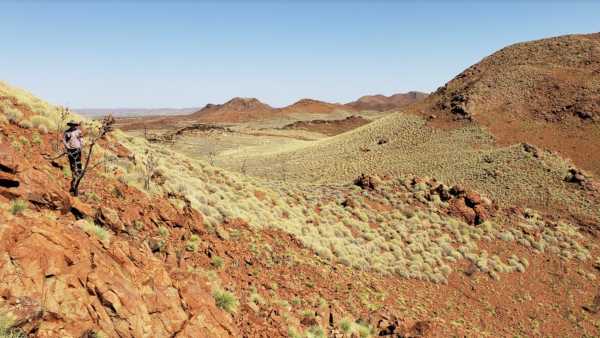
Research raises important questions about Earth's 'oldest' impact crater
-
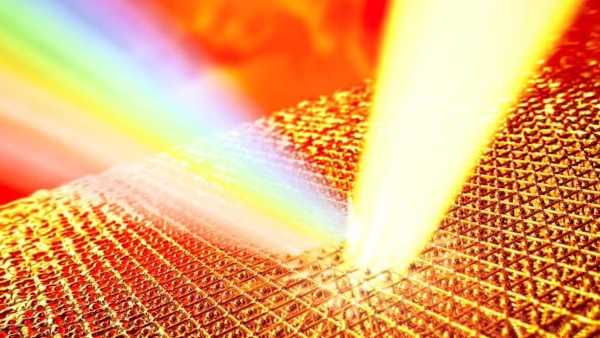
Scientists heat gold to temperatures 14 times higher than its melting point without turning it into liquid.
This same cooling also creates the Earth's magnetic field. Most of this field's energy today arises from the solidification of the liquid core and the growth of the solid inner core at its center.
However, since we cannot access the core, we have to estimate its properties to understand how it cools.
A key element in understanding the core's structure is determining its melting point. From seismology (the study of earthquakes), we know where the boundary between the solid inner core and the liquid outer core lies. The core's temperature at this point must be equal to its melting point, since this is where it freezes. Therefore, knowing the precise melting point allows us to learn more about the core's exact temperature and what it's composed of.
Mysterious Chemistry
Traditionally, there are two ways to determine the core's composition: meteorites and seismology. By studying the chemical composition of meteorites, which are thought to be the debris of planets that never formed or fragments of the cores of destroyed Earth-like planets, we can gain insight into what our core may have been composed of.
The problem is that this only gives us a rough idea. Meteorites indicate that the core should be composed of iron and nickel, and perhaps a few percent silicon or sulfur, but it's difficult to provide more specific information.
Seismology, on the other hand, is much more specific. As sound waves from earthquakes travel across the planet, they speed up or slow down depending on the materials they pass through. By comparing the travel time of these waves from the earthquake to the seismometer with how quickly the waves travel through minerals and metals in experiments, we can gain insight into the composition of the Earth's interior.
It turns out that such a transit time requires the Earth's core to be approximately 10% less dense than pure iron, and the liquid outer core to be denser than the solid inner core. Only a few known chemical processes in the core can explain these properties.
You may like
-
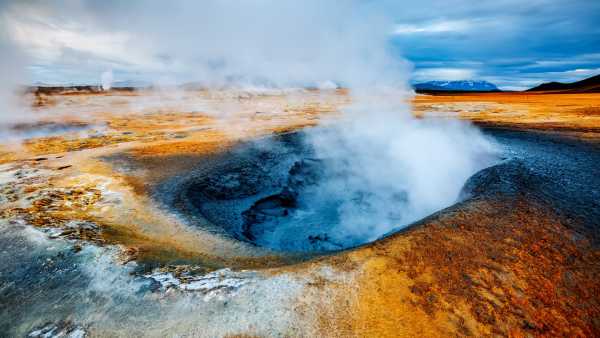
Enormous formations deep beneath the Earth's surface appear to be causing gigantic volcanic eruptions
-
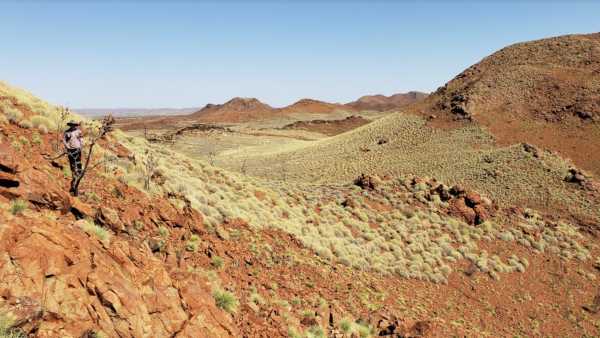
Research raises important questions about Earth's 'oldest' impact crater
-
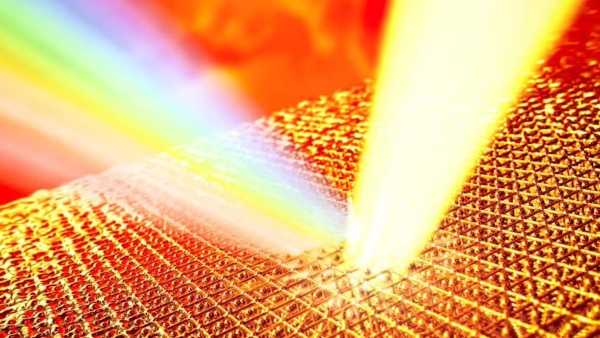
Scientists heat gold to temperatures 14 times higher than its melting point without turning it into liquid.
But even among a small set of possible components, potential melting temperatures vary by hundreds of degrees, preventing us from knowing the exact properties of the core.
New restriction
In our new study, we used mineral physics to explore how the core might have begun to freeze, opening up a new way to understand core chemistry. And this approach appears to be even more specific than seismology and meteorites.
Studies modeling the process by which atoms in liquid metals combine to form solids have shown that some alloys require more intense “supercooling” than others. Supercooling is the process by which a liquid is cooled below its melting point. The more intense the supercooling, the more often atoms will combine to form solids, accelerating the freezing of the liquid. A bottle of water in a freezer can remain supercooled at -5°C for several hours before freezing, while hail forms in minutes when water droplets in clouds are cooled to -30°C.
By examining all possible core melting temperatures, we found that the maximum core supercooling is approximately 420°C below the melting temperature. At a higher temperature, the inner core would be larger than seismologists estimate. However, freezing pure iron requires an incredible supercooling of approximately 1000°C. At this level of cooling, the entire core would freeze, contrary to seismological observations.
The addition of silicon and sulfur, which both meteorites and seismology indicate may be present in the core, only exacerbates this problem by requiring even more supercooling.
Our new study examines the effect of carbon on the core. If carbon makes up 2.4% of the core's mass, supercooling of about 420°C would be required for the inner core to begin solidifying. This is the first time that core solidification has been shown to be possible. If the core's carbon content is 3.8%, supercooling of only 266°C would be required. This is still high, but much more plausible.
RELATED STORIES
Scientists have discovered that the Earth's inner core is not just slowing down—it is also changing shape.
A “new hidden world” has been discovered in the Earth's inner core.
— The rotation of the Earth's inner core is beginning to slow down, and this could change the length of our days.
This new discovery shows that while seismology can narrow down the possible chemical composition of the core to several different combinations of elements, many of these cannot explain the presence of a solid inner core at the center of the planet.
The core cannot be composed solely of iron and carbon, as at least one other element is required to ensure its seismic properties. Our research suggests that it likely contains some oxygen and possibly silicon as well.
This marks a significant step toward understanding what the core is made of, how it began to freeze, and how it shaped our planet from the inside.
This edited article is republished from The Conversation under a Creative Commons license. Read the original article.
What's Inside the Earth Quiz: Test your knowledge of our planet's hidden layers

Alfred Wilson-Spencer, Research Fellow, Department of Mineral Physics, University of Leeds
My primary research interest is understanding key processes in the metallic cores and magma oceans of rocky planets that support life on the surface. I work at the Centre for Planetary Core Studies in Leeds, but I also collaborate with a wide range of organizations, so if you have ideas, I'm all ears! Email me or drop by conferences. I regularly attend the annual meetings of the American Geophysical Union (AGU) and the European Geophysical Union (EGU), and I help organize the Mineral Physics Group's “Research in Progress” meetings.
You must verify your public display name before commenting.
Please log out and log back in. You will then be asked to enter a display name.
Exit Read more
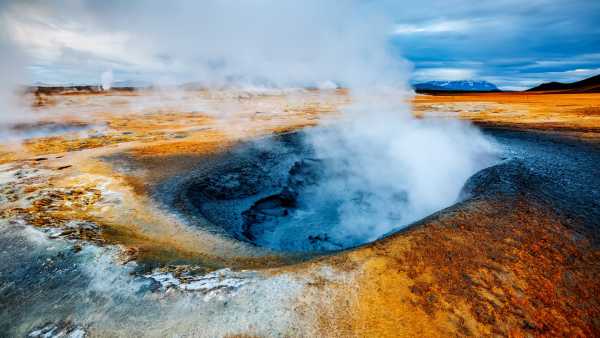
Enormous formations deep beneath the Earth's surface appear to be causing gigantic volcanic eruptions
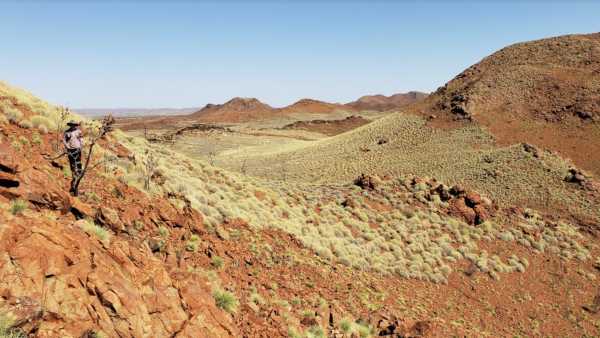
Research raises important questions about Earth's 'oldest' impact crater
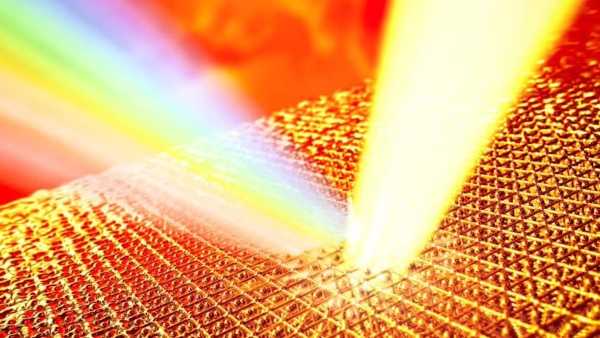
Scientists heat gold to temperatures 14 times higher than its melting point without turning it into liquid.

Scientists have discovered that the geology that supports the Himalayas is not what we thought.
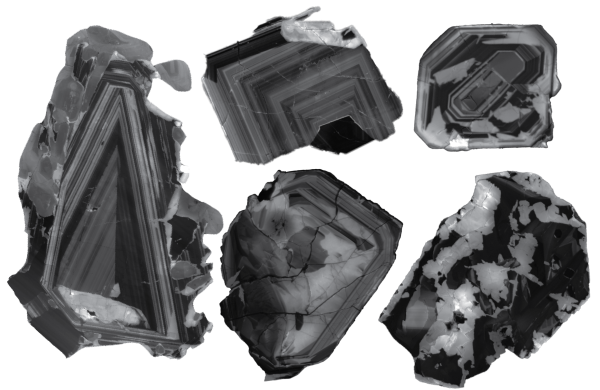
A huge source of the rare earth metal niobium was brought to the surface when the supercontinent broke apart.
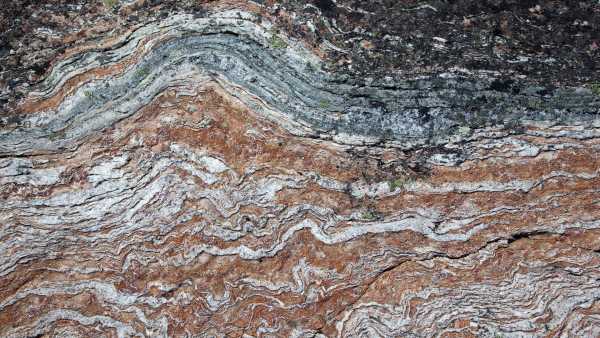
The world's oldest rocks may shed light on how life emerged on Earth, and perhaps beyond.
Latest news on planet Earth
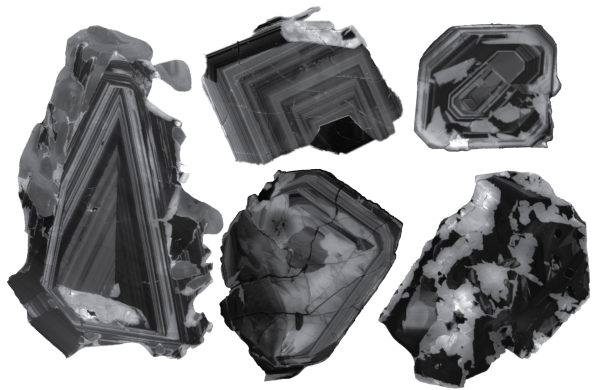
A huge source of the rare earth metal niobium was brought to the surface when the supercontinent broke apart.

'This needs to be done quickly': Scientists rush to cryopreserve endangered tree before it disappears
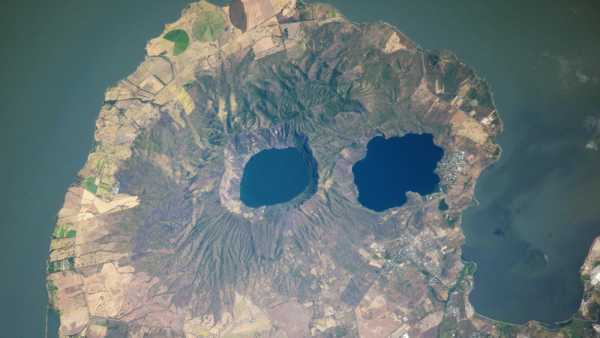
Volcanic 'eyeballs' peer into space from a skull-shaped peninsula
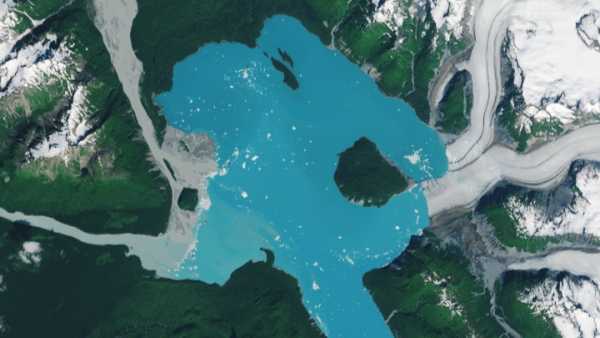
A “new” island has emerged from melting ice in Alaska.
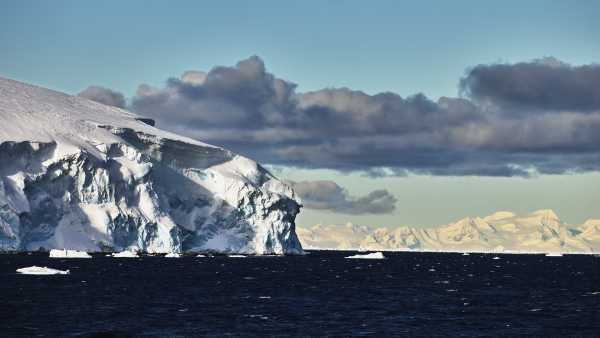
'Serious negative and unintended consequences': Polar geoengineering is not the answer to climate change

Climate action faces a new threat: pessimists who believe it's too late to act.
Latest opinions
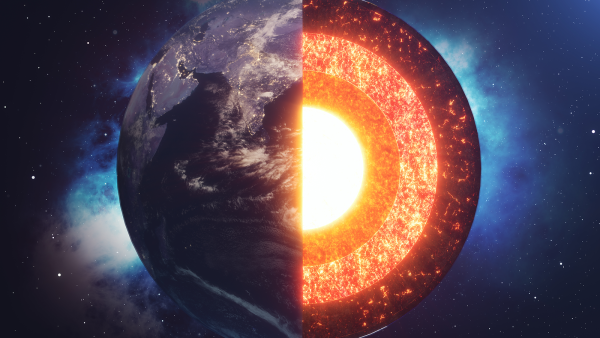
We are only just beginning to learn what the Earth's inner core is really made of.

“When people gather in groups, strange behavior often emerges”: How the rise of social media has led to the emergence of dysfunctional thinking

'Your concerns are well-founded': How human activity has increased the risk of tick-borne diseases like Lyme disease

How the surface you exercise on can increase your risk of cramping
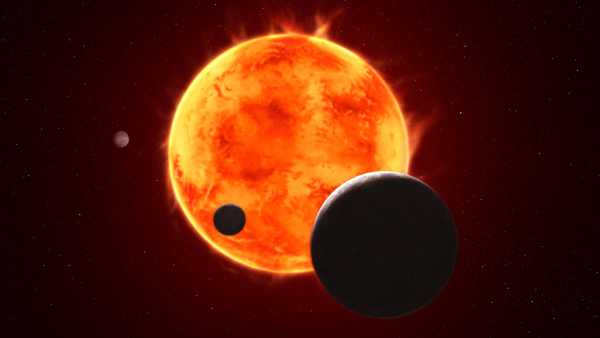
JWST hints that TRAPPIST-1e may have an atmosphere

RFK Jr. wants to reform the country's “vaccine court.” Here's what's stopping him.
LATEST ARTICLES
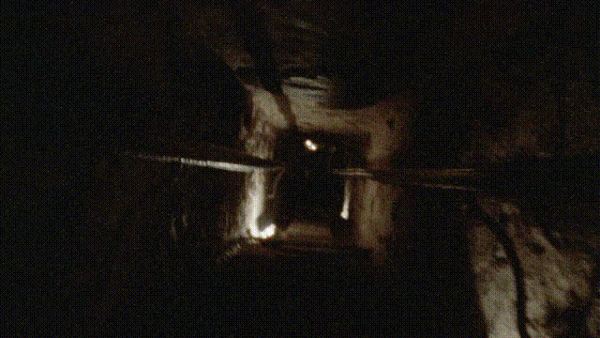
1Did the ancient Egyptians really mine the pyramids?
Live Science magazine is part of Future US Inc., an international media group and leading digital publisher. Visit our corporate website.
- About Us
- Contact Future experts
- Terms and Conditions
- Privacy Policy
- Cookie Policy
- Accessibility Statement
- Advertise with us
- Web notifications
- Career
- Editorial standards
- How to present history to us
© Future US, Inc. Full 7th Floor, 130 West 42nd Street, New York, NY 10036.
var dfp_config = { “site_platform”: “vanilla”, “keywords”: “type_opinion,type-crosspost,exclude-from-syndication,serversidehawk,videoarticle,van-enable-adviser-
Sourse: www.livescience.com





